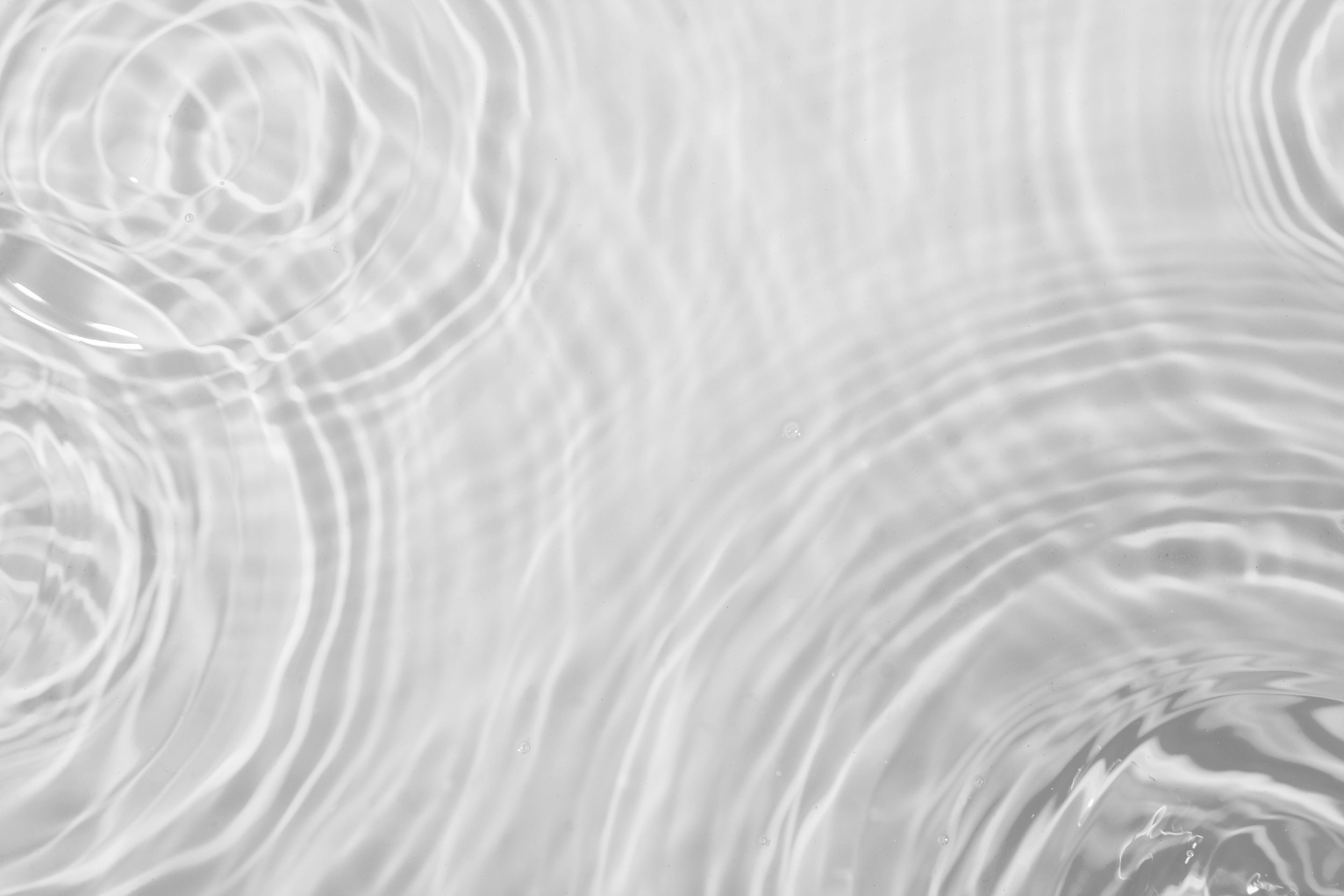
Caring for Your Pool’s Water Chemistry
Protecting the Health of Your Pool
Owning a custom swimming pool in North Texas comes with its share of responsibilities—chief among them is maintaining optimal water chemistry. Proper balance is essential not only for the longevity of your pool equipment but also for the safety and comfort of swimmers. Unfortunately, many pool owners fall victim to common water chemistry mistakes. Avoiding these mistakes will ensure that your pool remains clean, safe, and inviting all year round.
A Crucial First Step: Regular Water Testing
One of the most fundamental yet commonly overlooked aspects of pool maintenance is regular water testing. Pool chemistry is dynamic—changing with factors like weather, pool usage, and even the introduction of fresh water after rain or refills. If you're not testing your pool water frequently, you could be missing signs of imbalance, which could lead to problems such as algae growth, skin irritation, or equipment damage.
Step 1: Gather Your Test Kit
Start by selecting the right testing kit. You can choose from test strips, which are quick and easy to use, liquid test kits, which are more accurate, or digital testers, which give precise readings at the push of a button. Make sure to have a clean container ready to collect your pool water sample.
Step 3: Test Your Water
Dip your test strip into the water and compare the color to the provided chart, or use a liquid test kit by adding water to vials and mixing in the reagents to see the color change. For a digital tester, simply dip it into the water to get an instant reading. This will show you the levels of chemicals like pH, chlorine, and alkalinity.
Step 2: Collect A Water Sample
Next, collect a water sample from about 12-18 inches below the surface of the pool. Avoid the skimmer or jets, as they may not represent the overall pool water. Use a clean container to collect the water sample, ensuring there’s no contamination that could affect your test results.
Step 4: Record & Adjust
Write down your test results, especially the key levels like pH, chlorine, and alkalinity. If any of these levels are off, adjust the chemicals in your pool accordingly—add chlorine, adjust pH, or balance alkalinity. After making adjustments, retest the water to ensure everything is back in balance.
6 Pool Chemistry Levels to Monitor
These six factors are essential for keeping your pool water clean, clear, and safe for swimmers. Regularly testing and adjusting them will ensure your pool remains in optimal condition.
Chlorine Levels
Chlorine is essential for keeping your pool water sanitized and free from bacteria and algae. The ideal range for chlorine is between 1.0 and 3.0 ppm. Too little chlorine can lead to unsanitary conditions, while too much can irritate skin and eyes.
Cyanuric Acid
Cyanuric acid helps protect chlorine from being broken down by sunlight. The recommended range for CYA is 30 to 50 ppm. If levels are too low, chlorine will degrade too quickly; if too high, it can reduce chlorine's effectiveness, making it harder to sanitize the water.
pH Balance
The pH level indicates how acidic or alkaline your pool water is. Ideally, it should be between 7.4 and 7.6. If the pH is too high or too low, it can cause skin and eye irritation, and it may affect the efficiency of chlorine.
Calcium Hardness
Calcium hardness refers to the amount of dissolved calcium in your pool water. The ideal level is between 200 and 400 ppm. Low calcium levels can cause corrosion to pool equipment, while high levels can lead to scale buildup on pool surfaces and equipment.
Alkalinity
Total alkalinity acts as a buffer for pH levels, preventing rapid changes. The ideal range is between 80 and 120 ppm. Low alkalinity can cause pH fluctuations, while high alkalinity can make it difficult to adjust the pH properly.
Salt Levels
If you have a saltwater pool, it's important to monitor salt levels. Salt should typically be between 2,500 and 4,000 ppm, depending on your system’s requirements. Too little salt can reduce the effectiveness of your saltwater generator, while too much can damage the system.
4 Common Mistakes
Inconsistent Maintenance
One of the most common mistakes pool owners make is failing to maintain a consistent routine for testing and adjusting their pool water. Skipping tests or delaying necessary chemical adjustments can lead to imbalances, which might cause algae growth, cloudy water, or costly repairs. Consistent maintenance is key to keeping your pool water safe, clear, and comfortable for swimming.
Not Adjusting for Seasonal Changes
Seasonal changes can have a significant impact on your pool water chemistry. During the hotter months, chlorine gets consumed more quickly due to increased sunlight, while colder months may result in slower chemical reactions. If you don’t adjust your maintenance routine with the seasons—such as increasing chlorine or adjusting pH—you may find your pool water quickly goes out of balance.
Forgetting to Shock Your Pool
Pool shock is crucial for keeping your water sanitized, especially after heavy pool use, rainstorms, or when there are signs of algae or cloudy water. Many people forget to shock their pool regularly or assume it’s only necessary when they notice a problem. Shocking your pool helps maintain proper chlorine levels and eliminates contaminants, making it a crucial step in your routine.
Ignoring Equipment & Chemical Reactions
Some pool owners overlook the effects that pool equipment and surrounding environments can have on water chemistry. For example, improper filtration, worn-out equipment, or not cleaning the pool regularly can contribute to chemical imbalances. Similarly, things like heavy debris, oils from sunscreen, or even weather changes can affect your pool water. Regular cleaning and upkeep of both your pool equipment and water chemistry will help prevent these issues.

Common Questions About Caring for Your Pool Water Chemistry
-
You should test your pool water at least once a week during the swimming season, and more frequently if your pool is used often or after heavy rainfall. In the off-season, testing once every two weeks is typically sufficient, but you should still monitor chemical levels regularly.
-
Chlorine is the primary sanitizer that kills bacteria, algae, and other contaminants in your pool. If your chlorine levels drop below 1.0 ppm, your pool may become unsanitary and unsafe for swimming. You can check your chlorine levels using a test kit, and if it's low, you should add more chlorine or shock your pool to bring it back to the ideal range.
-
If your pool’s pH is too high (above 7.6), you can add pH decreaser (muriatic acid or dry acid) to lower it. If it’s too low (below 7.4), add pH increaser (sodium carbonate) to raise it. Always make small adjustments and retest the water after each addition to avoid over-correcting.
-
Pool shock is a high-dose treatment of chlorine or other oxidizing agents designed to eliminate contaminants and restore water clarity. You should shock your pool after heavy swimming, a big rainstorm, if your water looks cloudy or has visible algae, or if your chlorine levels are low.
-
Weather plays a big role in your pool’s chemistry. Hot weather and direct sunlight can cause chlorine to break down more quickly, so you may need to add more frequently. Rain can dilute pool chemicals, causing pH and alkalinity imbalances, while debris and dirt brought in by storms may require more frequent cleaning and chemical adjustments.
-
Yes, but saltwater pools require a few different considerations. While the salt in a saltwater pool generates chlorine, you still need to monitor and maintain the same chemical levels, such as pH, alkalinity, and calcium hardness. Additionally, you should regularly check the salt levels, as too little or too much salt can affect the chlorine generation process.
-
If calcium hardness is too low (below 200 ppm), your pool water can become corrosive and damage pool equipment and surfaces. If it’s too high (above 400 ppm), it can lead to scale buildup on pool walls, filters, and equipment. To adjust, you can add calcium hardness increaser or dilute the water with fresh water if levels are too high.
Let Us Help
•
Let Us Help •
Keep Your Pool Water Crystal Clear
Maintaining the right pool water chemistry is key to ensuring your pool stays clean, safe, and inviting. Whether you're new to pool care or just need a little extra help, we're here to assist! Our team of experts can help you test and adjust your pool’s chemistry, or we can provide tailored maintenance services to keep your pool in top shape all season long.
Contact us today for a free consultation or to schedule a pool service!

